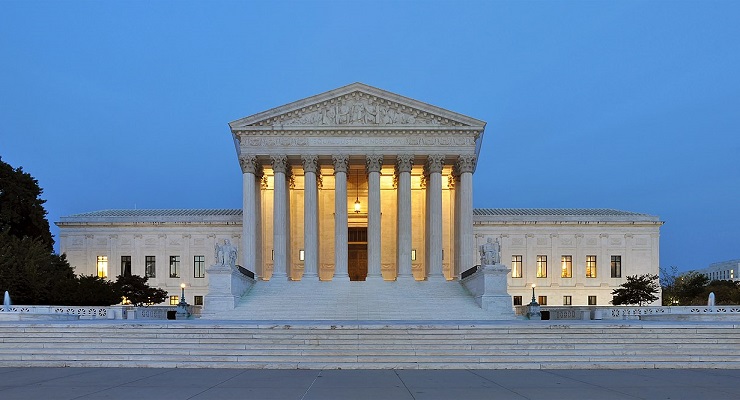
This really interesting article is by Richard Hasen and is published in ScotusBlog:
Brnovich v. Democratic National Committee is a strange voting rights case. Rather than the typical case, in which a voting rights group representing minority voters sues a state or locality for engaging in electoral discrimination, this case pits the two major political parties against each other, and Republican officials in Arizona against Democratic officials. Amicus briefs from voting rights groups filed in Brnovich exhibit strong concern about preserving Section 2 of the Voting Rights Act as a tool to tackle discriminatory voting laws. Doing so will be tough before a new conservative supermajority on the Supreme Court.
With the Supreme Court effectively killing Section 5 of the Voting Rights Act in 2013 in Shelby County v. Holder, Section 2 remains one of the strongest voting rights tools in the United States. Section 5 targeted jurisdictions with a history of racial discrimination in voting and required them to get federal approval before making changes in voting laws. This preclearance required jurisdictions to demonstrate that their proposed changes would not make minority voters worse off. Section 2, as amended in 1982, uses a different standard that applies nationally. It puts the burden on voters to show that a law prevents protected minority voters from equally participating in the political process and electing representatives of their choice.
The language of Section 2 is opaque, but its meaning is relatively clear in the redistricting context, thanks to a 1986 Supreme Court case, Thornburg v. Gingles. That decision established a three-part threshold test focused on the presence of racially polarized voting in a jurisdiction, followed by a “totality of the circumstances” test, to judge when a redistricting plan denies minority voters fair representation.
Read the full article here.
Leave a Reply